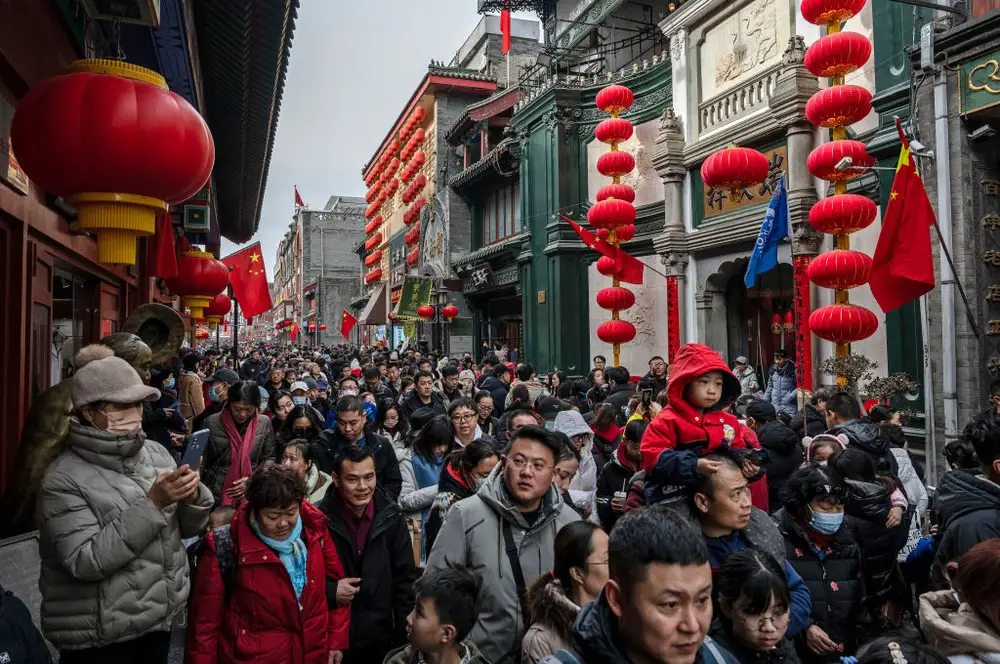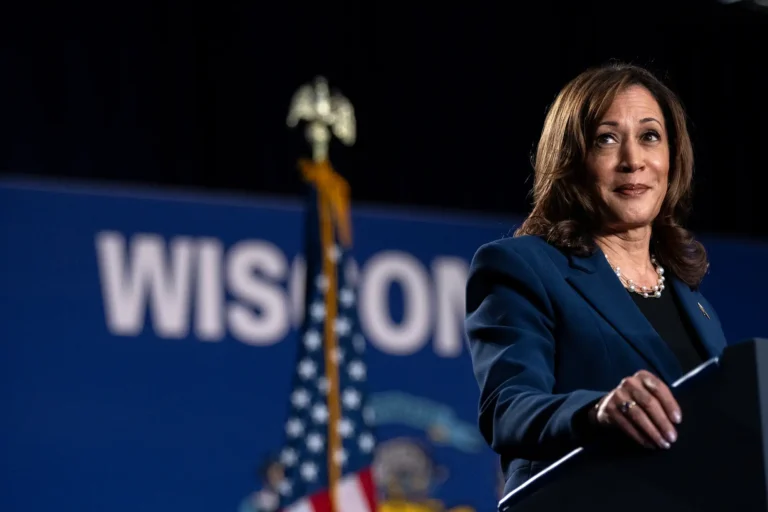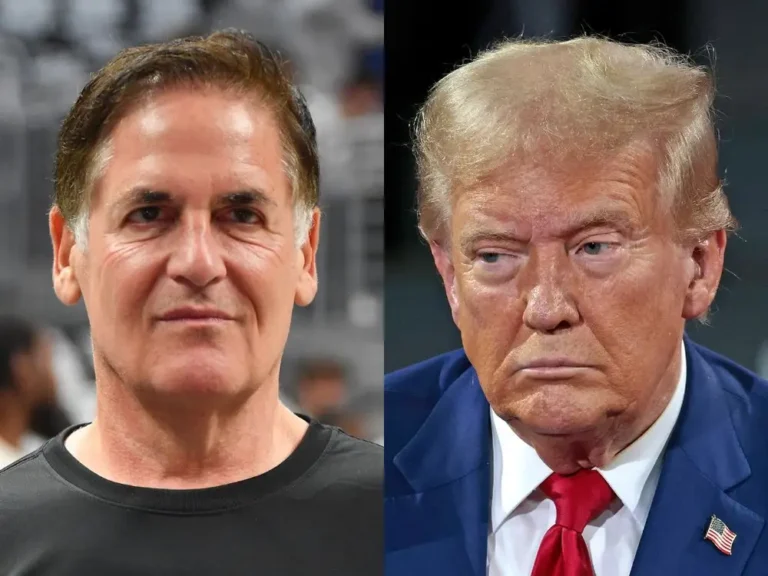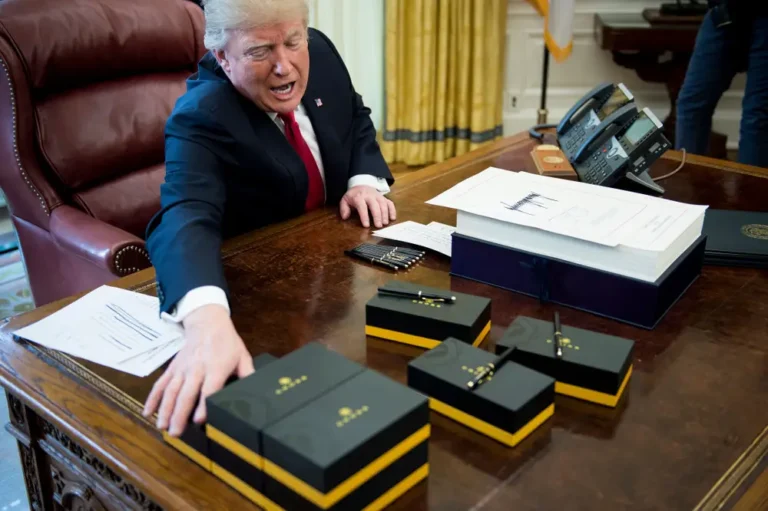China just released aggressive measures to boost its economy — but some analysts say it’s still not enough

China’s massive consumer base is just not spending enough.
China’s finally getting serious about stimulating its dismal economy.
On Tuesday, three of its top financial regulators appeared side by side in a rare press conference on the economy where People’s Bank of China governor Pan Gongsheng announced a broad range of monetary stimulus measures.
They include cutting a short-term key interest rate and reducing reserve requirement ratio, or RRR, to the lowest level since at least 2018. The RRR refers to the amount of money banks need to hold in reserve.
Pan also announced 800 billion Chinese yuan, or $114 billion, in liquidity support. He said authorities are looking into a stock stabilization fund.
Analysts say the measures are aggressive and even historic.
“Today’s policy measures are bold by historical standards,” Betty Wang, the lead economist at Oxford Economics, wrote in a note on Tuesday.
“This is the first time since the pandemic that the central bank offered a combination of rate cuts, RRR cuts, and structural monetary policies at the same time,” she added.
Wang said China’s central bank pulled the aggressive moves in part due to weaker-than-expected economic data, which increases the risk that the country wouldn’t be able to hit its GDP growth target of around 5% this year.
The show of commitment sent a shot of confidence to investors, sending shares soaring.
China’s benchmark CSI 300 closed 4.3% higher, clocking its best day in four years and nearly wiping out steep losses this year — although it’s still about 40% lower than a 2021 peak.
Hong Kong’s Hang Seng Index closed 4.1% higher.
Stimulus measures don’t address consumption
Despite the fanfare, analysts are divided over whether the moves that ease monetary policy constitute a massive “bazooka” stimulus.
Most say the monetary easing policies don’t address the lack of confidence contributing to depressed consumer spending.
“While these measures will boost confidence to some extent, we do not believe these monetary and financial policies alone are enough to arrest the worsening economic slowdown,” Nomura economists wrote in a note on Tuesday, pointing out that the RRR cut is of “limited meaning.”
“The real bottleneck faced by the economy is a lack of effective demand rather than loanable funds available,” they wrote.
The Nomura economists said Beijing should focus on fiscal stimulus and reforms, such as direct funding to stabilize the property market, “as the housing crisis is the root cause of these shocks”
Beijing could also increase pension payments to underprivileged groups and provide more funding to local governments, they added.
China has pulled out multiple support measures this year to shore up its economy and stock markets, but any kneejerk optimism has been shortlived.
It remains to be seen if Tuesday’s gains will hold in the long run. China’s economy is facing multiple challenges including an epic property crisis, high youth unemployment rates, and geopolitical tensions.
Still, the commitment shown by Beijing on Tuesday is lifting market sentiment and fuelling hopes that the world’s second-largest economy may finally emerge from its struggles.
“Overall, we feel today’s measures are a step in the right direction, especially as multiple measures have been announced together rather than spacing out individual piecemeal measures to a more limited effect,” Lynn Song, the Greater China chief economist at ING bank, wrote on Tuesday.
Since most global central banks are on an easing cycle, China could also head down that path in the months ahead, he added.
“If we see a large fiscal policy push as well, momentum could recover heading into the fourth quarter,” Song added.






